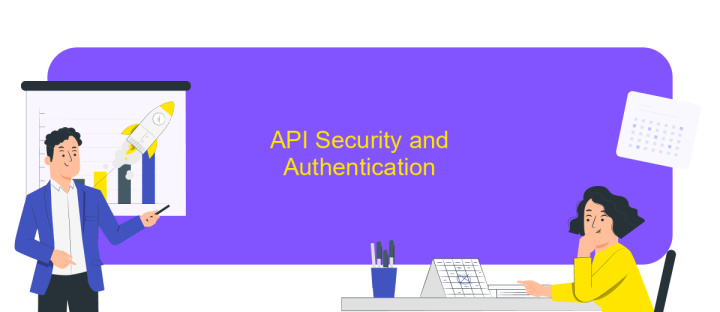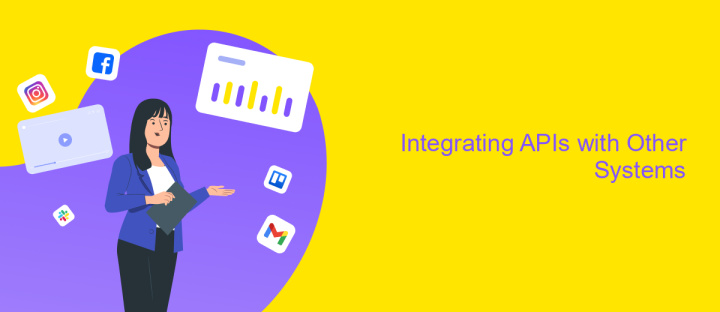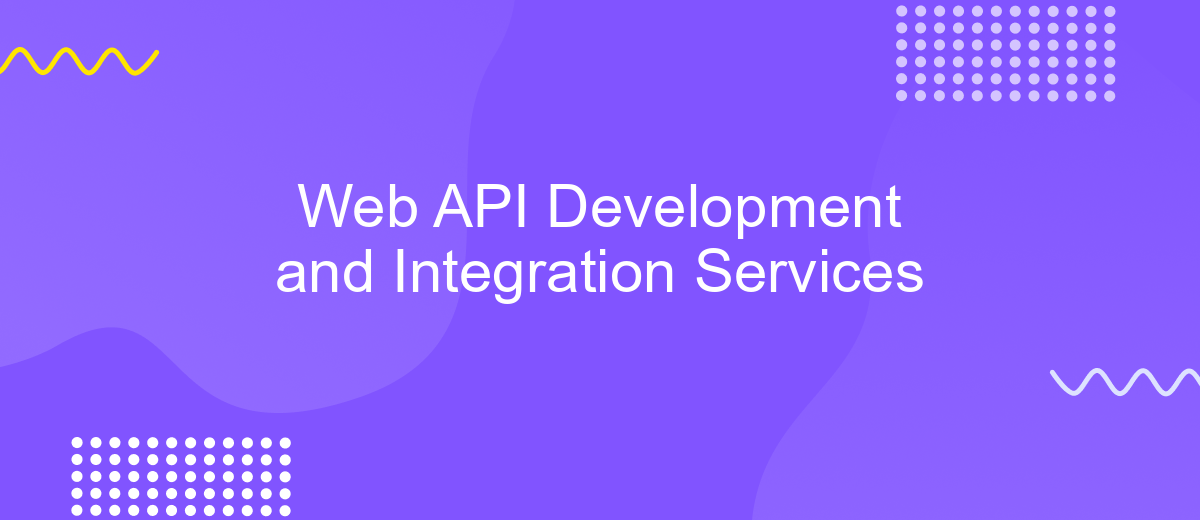Web API Development and Integration Services
In today's digital landscape, Web API development and integration services are crucial for businesses seeking seamless connectivity and enhanced functionality. By enabling diverse applications to communicate and share data efficiently, APIs empower organizations to streamline operations, improve user experiences, and foster innovation. This article explores the essentials of Web API development, key integration strategies, and the transformative impact these services have on modern business ecosystems.
Introduction to Web API Development and Integration
Web API development and integration have become essential components in modern software solutions, enabling seamless communication between different systems and platforms. APIs, or Application Programming Interfaces, serve as bridges that allow applications to interact with each other, facilitating data exchange and functionality sharing. This interaction is crucial for creating dynamic and interconnected digital ecosystems that cater to diverse user needs.
- APIs enable developers to access third-party services and data, enhancing application capabilities without starting from scratch.
- They promote interoperability between different software systems, ensuring smooth data flow and process automation.
- Web APIs support scalability by allowing applications to handle increased loads efficiently through distributed services.
As businesses increasingly rely on digital solutions, the demand for robust API development and integration services continues to grow. These services not only streamline operations but also open new avenues for innovation and collaboration. By leveraging APIs, companies can rapidly adapt to market changes, integrate new technologies, and offer enhanced user experiences. In essence, mastering Web API development and integration is pivotal for organizations aiming to thrive in the digital age.
Designing and Building RESTful APIs

Designing RESTful APIs begins with understanding the core principles of REST architecture, which emphasize statelessness, client-server separation, and a uniform interface. The process involves defining resources, which are typically represented as URLs, and determining the actions that can be performed on these resources using standard HTTP methods like GET, POST, PUT, and DELETE. It's crucial to ensure that the API is intuitive and follows consistent naming conventions to make it easy for developers to integrate and use. Additionally, attention should be paid to error handling and providing meaningful HTTP status codes to facilitate debugging and enhance user experience.
Building RESTful APIs also requires careful consideration of security and scalability. Implementing authentication methods such as OAuth 2.0 is vital to protect data and ensure that only authorized users can access the API. For seamless integration, services like ApiX-Drive can be leveraged to automate workflows and connect various applications without the need for extensive coding. This not only speeds up the development process but also allows for more flexible and scalable solutions. By focusing on these elements, developers can create robust and efficient RESTful APIs that meet modern web application demands.
API Security and Authentication

In the realm of Web API development, ensuring security and robust authentication mechanisms is paramount. As APIs often handle sensitive data and enable crucial interactions, safeguarding these endpoints against unauthorized access and potential breaches is essential. Implementing strong security measures not only protects data but also builds trust with users and stakeholders.
- Use HTTPS to encrypt data in transit, preventing interception by malicious actors.
- Implement OAuth 2.0 or OpenID Connect for secure user authentication and authorization.
- Regularly update and patch API components to address vulnerabilities and security flaws.
- Employ rate limiting to prevent abuse and ensure fair use of API resources.
- Utilize API gateways for centralized management and monitoring of API traffic.
By adhering to these best practices, developers can significantly enhance the security posture of their APIs. A well-secured API not only mitigates risks but also ensures seamless and reliable service delivery. As the landscape of cyber threats evolves, maintaining vigilance and continuously updating security protocols is crucial for sustainable API operations.
Integrating APIs with Other Systems

Integrating APIs with other systems is a critical component of modern software development. APIs serve as the bridge between disparate systems, enabling seamless data exchange and functionality sharing. This integration allows businesses to automate processes, enhance user experiences, and foster innovation.
Successful API integration requires careful planning and execution. Developers must understand the existing infrastructure and identify the best approach to connect APIs with other systems. Compatibility, security, and performance are key considerations during this process.
- Ensure API compatibility with existing systems to avoid integration issues.
- Implement robust security measures to protect data during transmission.
- Optimize API performance to handle high volumes of requests efficiently.
- Conduct thorough testing to ensure seamless functionality across platforms.
Once integrated, APIs can transform business operations by providing real-time data access and enabling advanced analytics. This integration not only streamlines workflows but also opens up new opportunities for digital transformation. By leveraging APIs, companies can stay competitive and responsive to the ever-evolving technological landscape.
- Automate the work of an online store or landing
- Empower through integration
- Don't spend money on programmers and integrators
- Save time by automating routine tasks
API Testing and Documentation
Effective API testing is crucial to ensure the reliability and functionality of web services. It involves validating endpoints, assessing performance, and verifying data integrity. Automated testing tools can streamline this process, providing comprehensive coverage and reducing manual effort. By simulating various scenarios, these tools help identify potential issues before deployment. Furthermore, maintaining a robust testing framework ensures that APIs can handle expected loads and deliver consistent results, which is vital for seamless integration with other systems.
Documentation is equally important, serving as a roadmap for developers and users alike. Clear, concise documentation facilitates understanding and utilization of APIs, reducing integration time and errors. It should include detailed information on endpoints, request/response formats, authentication methods, and error handling. Services like ApiX-Drive can enhance integration processes by offering user-friendly interfaces and automation features, bridging the gap between different applications without extensive coding. Comprehensive documentation combined with efficient testing ensures that APIs are not only functional but also accessible and easy to integrate.
FAQ
What is a Web API and why is it important for businesses?
How can Web API integration benefit my business operations?
What are some common challenges in Web API development and integration?
How can I ensure secure API integration?
What tools or services can assist with API integration and automation?
Apix-Drive will help optimize business processes, save you from a lot of routine tasks and unnecessary costs for automation, attracting additional specialists. Try setting up a free test connection with ApiX-Drive and see for yourself. Now you have to think about where to invest the freed time and money!


